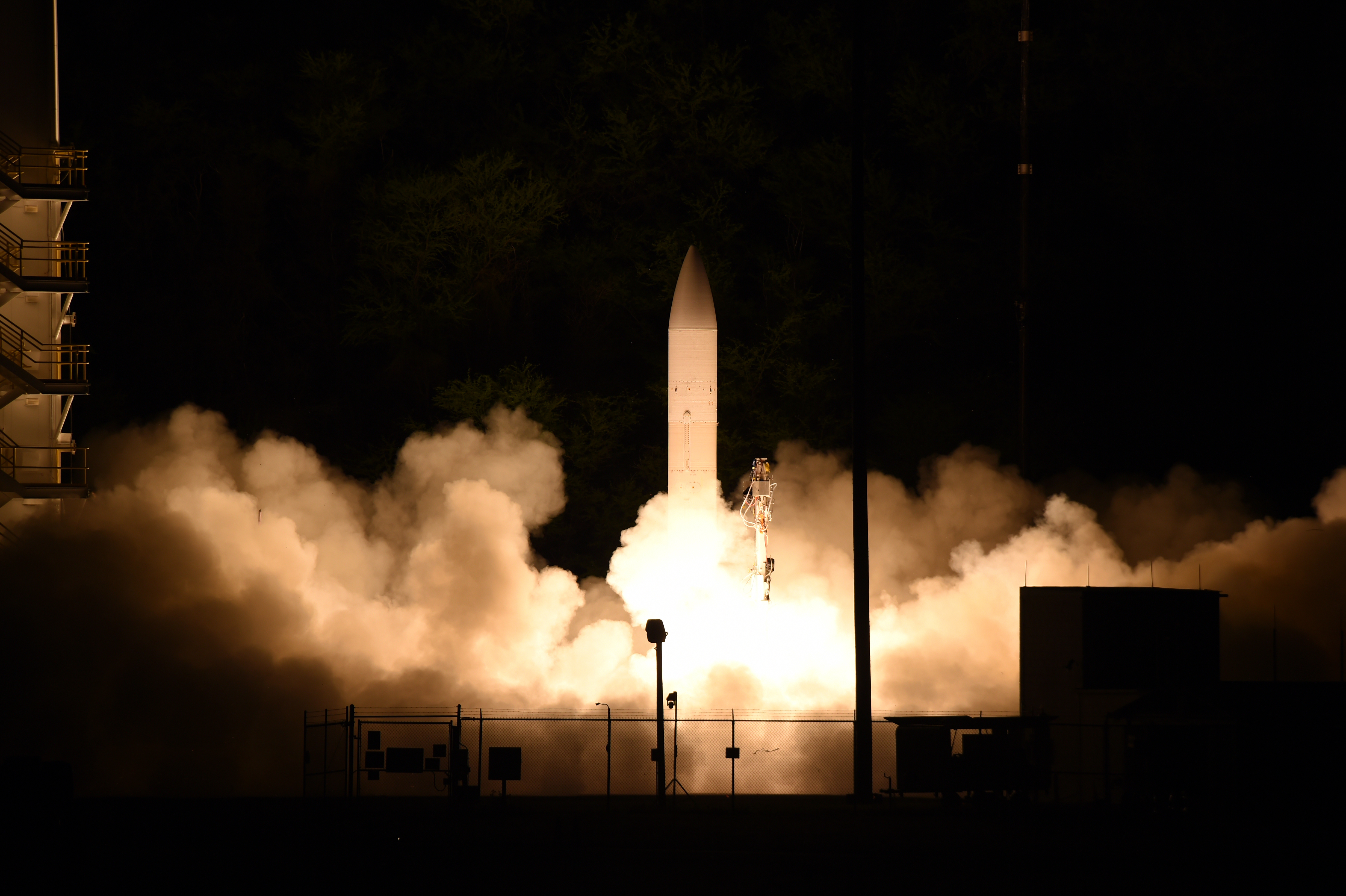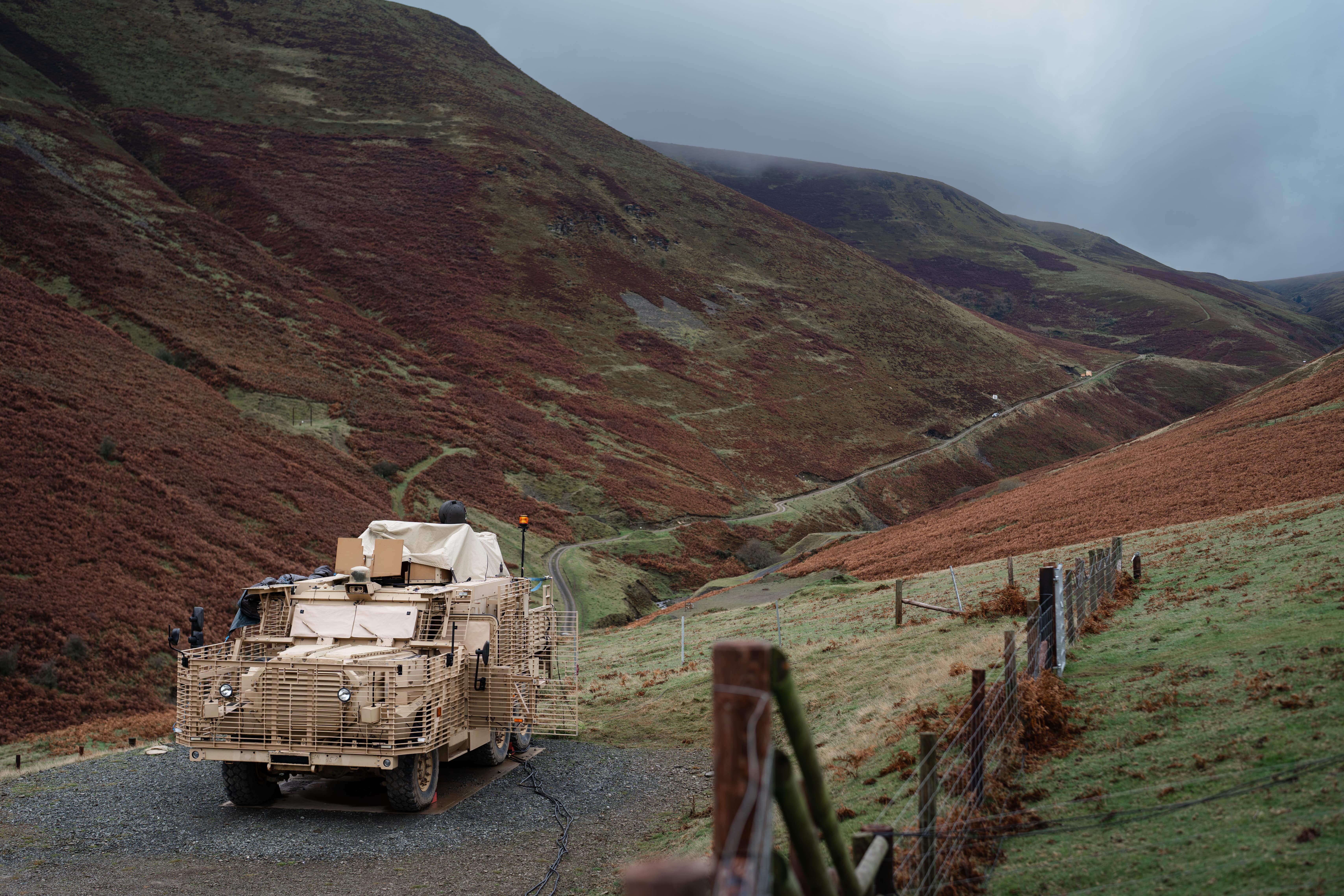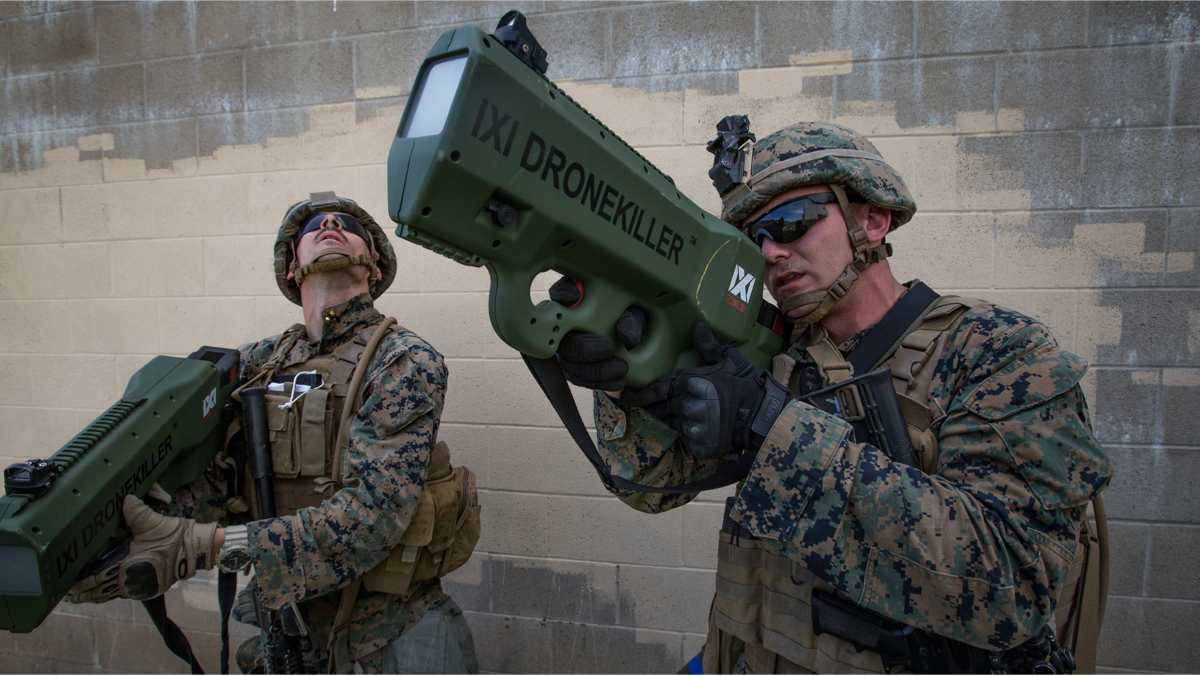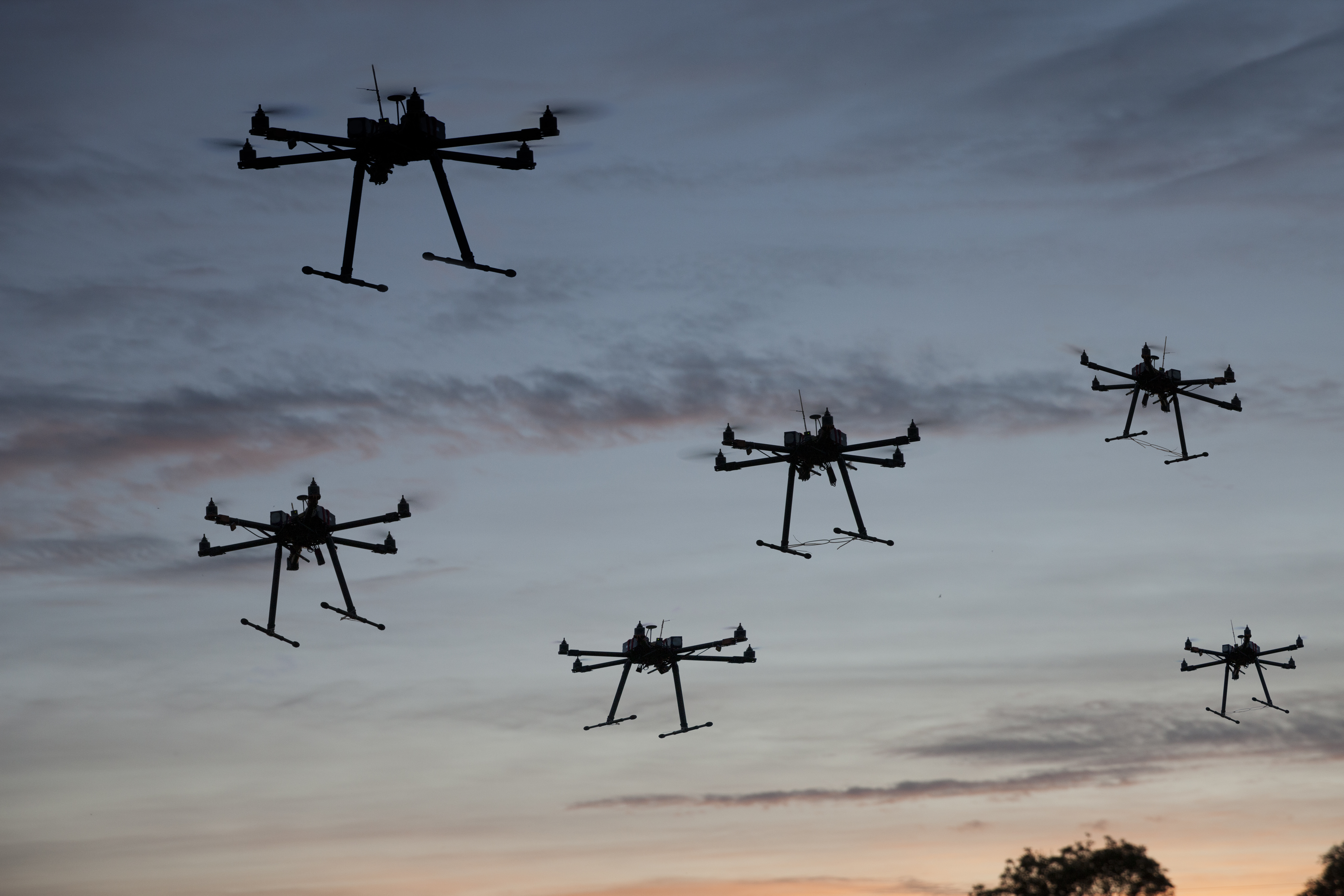New White House AI guidance offers a solid framework for safely using the technology, but there needs to be more investment in the enabling infrastructure to better harness AI’s national security potential, Defense Department and industry leaders said this week.
President Biden issued a first-of-its kind memorandum Thursday meant to provide guidance for national security and intelligence agencies on how to effectively and responsibly use AI to further American interests.
“If the United States Government does not act with responsible speed and in partnership with industry, civil society, and academia to make use of AI capabilities in service of the national security mission — and to ensure the safety, security, and trustworthiness of American AI innovation writ large — it risks losing ground to strategic competitors,” the document states.
Alex Miller, chief technology officer for the Army’s chief of staff, said he appreciates the White House’s leadership on the issue, but he’s concerned a lack of access to and funding for core, enabling technologies like cloud storage and computing power is slowing down the Defense Department’s integration of AI tools.
“We haven’t done all the infrastructure work to set up the core technologies to do AI at scale,” Miller said at the Military Reporters and Editors conference. “If we’re really serious about it, there is a lot more investment we should be making at a national level.”
Matt Steckman, chief revenue officer at Anduril, advocated for a more robust national push to make sure the U.S. leads competitors like China on AI adoption.
“We need a national-level response,” said Steckman, who spoke on a panel with Miller. “I’m hoping this memo is the start of it, but I would go way, way further in order to get ahead of everybody else as fast as we probably can.”
In a briefing Thursday, National Security Advisor Jake Sullivan acknowledged “critical gaps” in AI research and development funding. He said the Biden administration will work closely with Congress to increase funding for innovation along with the other requirements in the memo.
“We’ve received strong bipartisan signals of support for this from the Hill,” he said. “It’s time for us to collectively roll up our sleeves on a bicameral, bipartisan basis and get this done.”
Building trust
Throughout the document, the White House stresses the importance of building a level of trust in artificial intelligence and calls on national security agencies to implement guardrails to ensure it upholds laws regarding civil rights, human rights, privacy, and safety.
Organizations that leverage AI must use it in a way that aligns with “democratic values,” the document states.
That means designating trusted sources that government agencies can rely on for AI-related inquiries, investing in workforce training, creating standards for evaluating the safety of AI tools and ensuring systems adhere to federal laws around equity, civil rights and consumer protection.
“Artificial intelligence holds extraordinary potential for both promise and peril,” the memo states. “Responsible AI use has the potential to help solve urgent challenges while making our world more prosperous, productive, innovative, and secure. At the same time, irresponsible use could exacerbate societal harms such as fraud, discrimination, bias, and disinformation.”
The document calls for extensive analysis related to fostering a robust AI talent pool, assessing the competitiveness of private sector AI firms in the U.S. and understanding existing barriers to establishing key AI infrastructure.
It directs the Director of National Intelligence to work with DOD and other federal agencies to identify “critical nodes” in the AI supply chain and craft a regularly updated plan for mitigating risk to those areas.
DOD and the intelligence community should also establish a working group with a wide range of responsibilities — from establishing metrics for assessing AI safety and effectiveness to accelerating AI acquisition efforts to ensuring the U.S. has a competitive AI industrial base.
Courtney Albon is C4ISRNET’s space and emerging technology reporter. She has covered the U.S. military since 2012, with a focus on the Air Force and Space Force. She has reported on some of the Defense Department’s most significant acquisition, budget and policy challenges.
Riley Ceder is an editorial fellow at Military Times, where he covers breaking news, criminal justice and human interest stories. He previously worked as an investigative practicum student at The Washington Post, where he contributed to the ongoing Abused by the Badge investigation.















